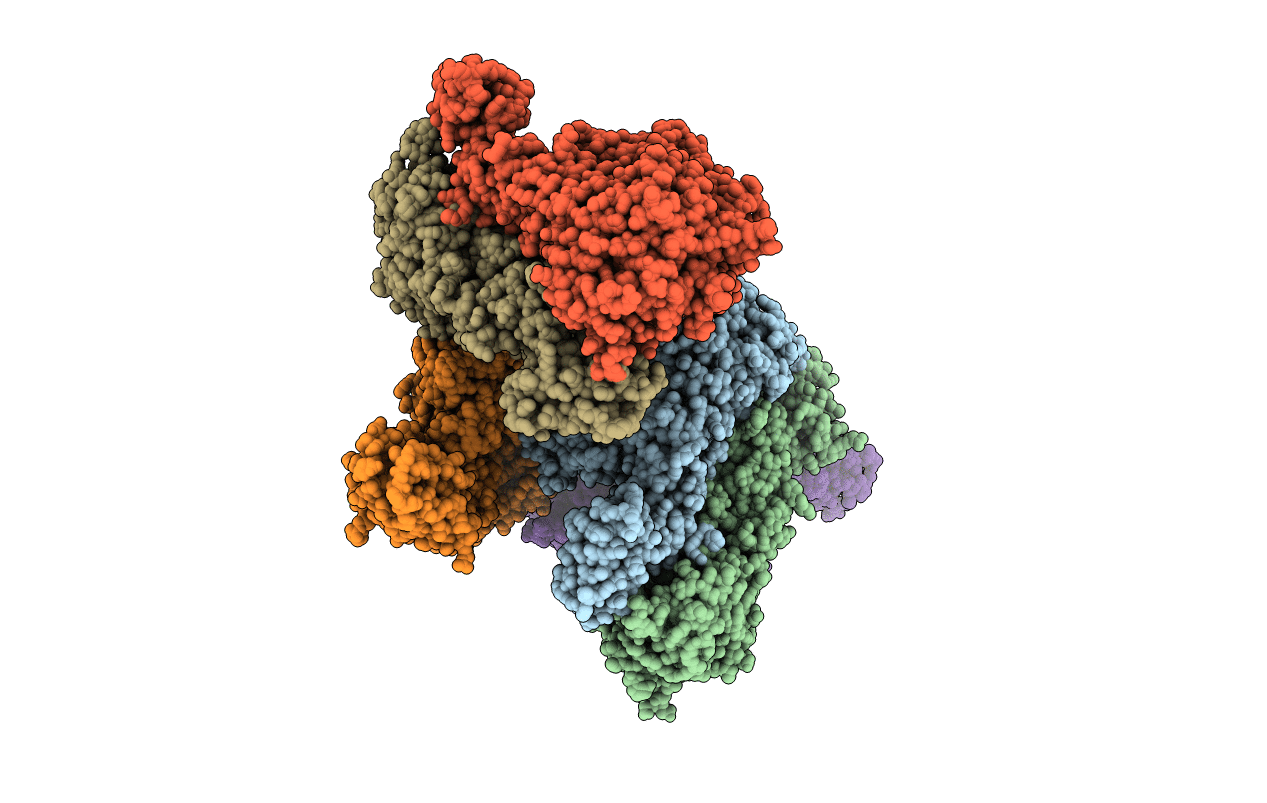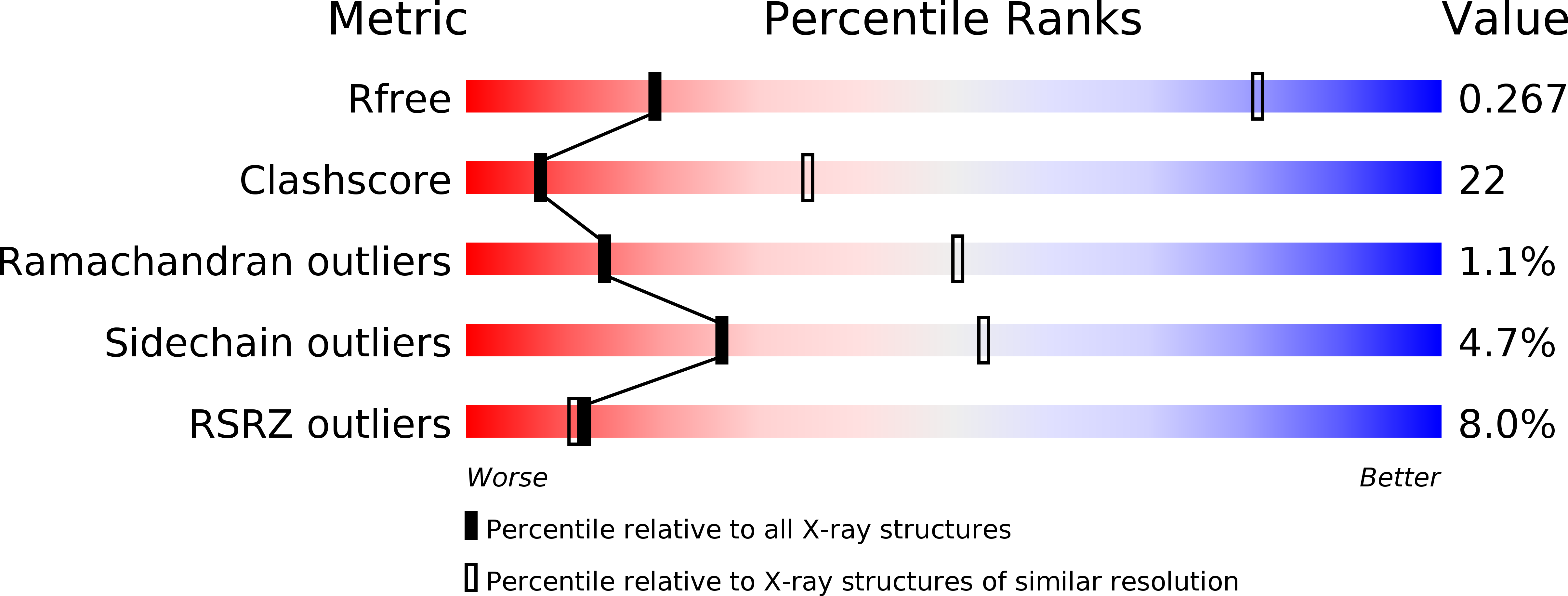
Deposition Date
2014-07-19
Release Date
2015-07-22
Last Version Date
2024-10-16
Entry Detail
Biological Source:
Source Organism:
Mycobacterium tuberculosis (Taxon ID: 83331)
Host Organism:
Method Details:
Experimental Method:
Resolution:
3.98 Å
R-Value Free:
0.25
R-Value Work:
0.22
R-Value Observed:
0.22
Space Group:
C 1 2 1


